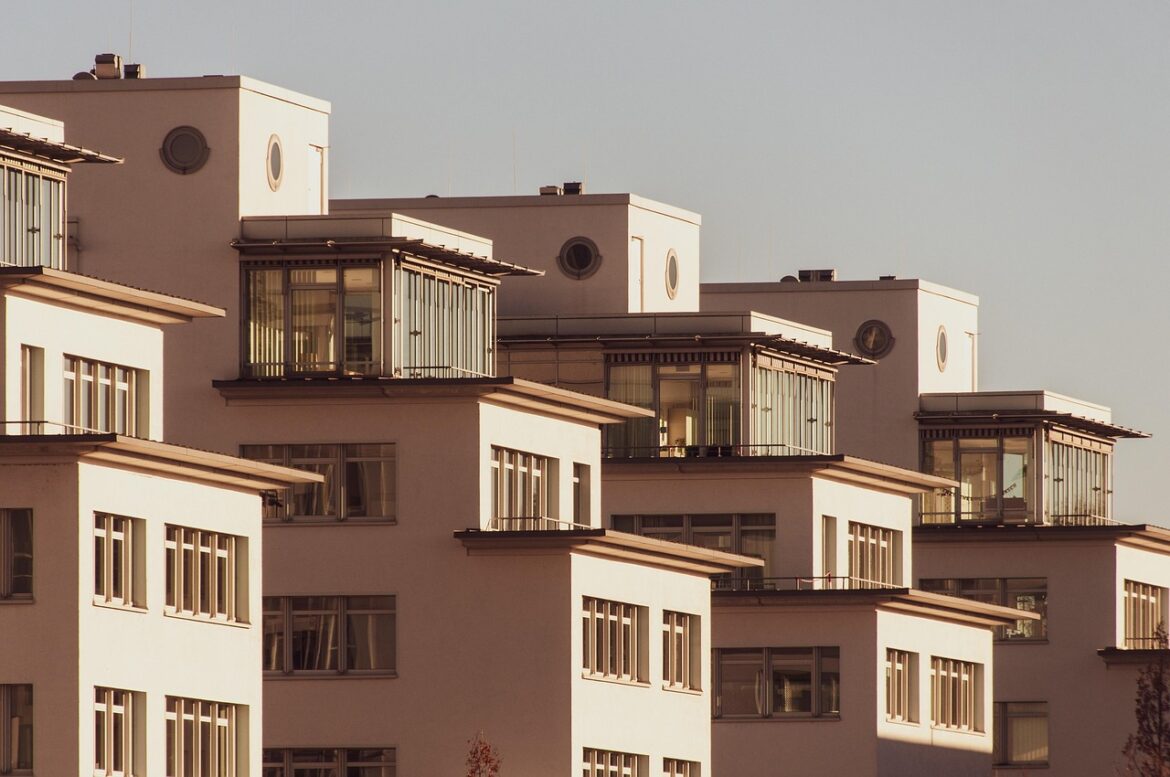Key Takeaways
- Discover the latest trends in sustainable design practices.
- Learn about materials and techniques that reduce environmental impact.
- Understand how technology is driving green architecture advancements.
The Foundations of Sustainable Architecture
Sustainable architecture is fundamentally about creating buildings that respect and harmonize with our environment, reducing their ecological footprint. This involves adhering to principles encompassing energy efficiency, water conservation, and utilizing renewable resources. Architects strive to integrate these principles at every stage of the design and construction process, ensuring buildings are visually appealing and environmentally responsible.
This movement reflects a broader shift towards acknowledging our environmental responsibilities, underlining the importance of sustainable living for future generations.
Latest Trends in Eco-friendly Building Materials
In recent years, the landscape of building materials has seen a radical shift towards sustainability. Traditional materials are being joined by innovative alternatives, such as bamboo, recycled steel, and hempcrete, which offer durability and reduced environmental impact. Bamboo, celebrated for its rapid growth and renewability, presents a sustainable alternative to wood that doesn’t sacrifice strength or versatility. From towering urban skyscrapers to quaint new construction homes in the Southampton, adopting sustainable design elements has become a key consideration.
On the other hand, Recycled steel capitalizes on existing resources to produce durable and reliable structures without the extensive energy requirements typically associated with new steel production. Meanwhile, hempcrete provides an alternative for insulation and building, leveraging the natural properties of hemp to enhance energy efficiency and indoor air quality.
Visitors can delve into this detailed guide on ArchDaily to enhance their comprehension of the changing material choices that characterize modern sustainable architecture.
Technological Innovations Driving Green Architecture
Integrating technology into architecture is a driving force behind the green building revolution. Technological advancements have introduced innovations like green roofs, which transform rooftops into natural, vegetation-covered spaces that improve insulation and effectively manage stormwater runoff. These verdant additions enhance aesthetic appeal and mitigate the urban heat island effect.
Solar panels have become increasingly commonplace, harnessing solar energy to power homes and commercial spaces, reducing reliance on fossil fuels. Meanwhile, advancements in HVAC systems emphasize energy efficiency, with smart thermostats and advanced sensors allowing for precise temperature regulation, ensuring maximum comfort with minimal energy use.
These technological enhancements underscore a more comprehensive approach to building sustainably, which marries innovation with ecological consciousness.
Case Studies: Successful Green Architecture Projects
Examining real-world examples of sustainable architecture offers invaluable insights into practical applications and outcomes. The Bullitt Center in Seattle, often called the world’s most sustainable commercial building, exemplifies the application of cutting-edge green technologies. Features such as a rainwater harvesting system and composting toilets illustrate a commitment to sustainability beyond the superficial.
Milan’s Bosco Verticale, with its forest-like appearance due to the integration of thousands of trees and shrubs into its balconies, presents a novel approach to urban living spaces. This project underscores a bold vision of bringing biodiversity back into the city, reducing pollution, and improving air quality.
These pioneering models illustrate the benefits of integrating sustainable practices into architectural design.
The Role of Urban Planning in Sustainable Development
Urban planning plays a pivotal role in shaping how cities can achieve sustainability on a large scale. Cities can significantly lower their ecological impact by designing infrastructure that supports sustainable transportation options, such as bike lanes and pedestrian-friendly pathways, and prioritizing green spaces. This method aids the environment and improves the living standards of its residents, encouraging purer air and nurturing community engagement.
A key element of sustainable urban planning is emphasizing mixed-use developments, which combine residential, commercial, and recreational spaces. Such designs reduce the need for extensive travel, minimizing emissions associated with transportation. The World Economic Forum offers valuable guidance and strategies for additional insights into how urban planning is pivotal in addressing the climate crisis.
Challenges and Future Directions in Sustainable Design
Even though it has numerous benefits, applying sustainable design frequently faces several obstacles. The higher initial costs associated with sustainable materials and technologies can deter builders and clients, who may prioritize short-term savings over long-term benefits. A learning curve exists, mainly where traditional construction methods are deeply entrenched.
However, as awareness of climate change and resource depletion grows, the demand for green buildings increases, encouraging more sustainable practices. Looking ahead, technological advancements, such as AI-driven design tools and innovative construction methods, promise to usher in even more efficient and cost-effective solutions for sustainable architecture.
How Individuals Can Contribute to Sustainable Living
While architects and urban planners play pivotal roles in promoting sustainable development, individuals can also contribute by adopting eco-friendly practices in their daily lives. Simple actions such as installing energy-efficient appliances and fixtures can significantly reduce a household’s energy consumption. Recycling and using sustainable products are other effective strategies for minimizing waste and conserving resources.
Moreover, introducing native plants into landscaping can enhance the local ecosystem by aiding wildlife and minimizing the necessity for irrigation, thereby assisting in water preservation. By embracing these small changes, individuals can collectively make a significant impact, promoting a more sustainable future and encouraging others to follow suit.

